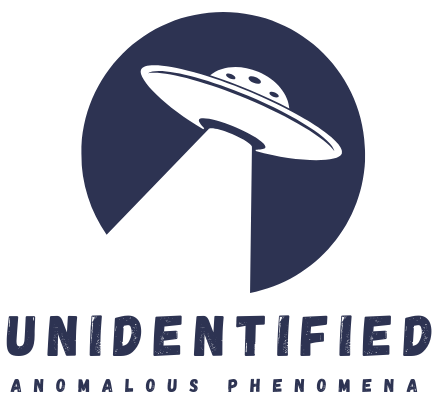Project Stargate was a classified U.S. government program that explored psychic phenomena for intelligence gathering purposes. It operated for over two decades, employing remote viewing techniques to collect information on various targets.
Origins and Objectives
Project Stargate began in 1978 at Fort Meade, Maryland. The CIA and U.S. military initiated the program in response to reports of Soviet psychic research during the Cold War.
Its primary objective was to develop and utilize remote viewing capabilities for intelligence collection. Remote viewing involves using extrasensory perception to gather information about distant or unseen targets.
The project aimed to gather intelligence on foreign military installations, locate hostages, and track individuals of interest. It also explored potential applications in counterintelligence and threat assessment.
Key Figures and Involvement
Several notable individuals played crucial roles in Project Stargate. Ingo Swann, a renowned psychic, helped develop the remote viewing protocols used in the program.
Dr. Harold E. Puthoff and Russell Targ, researchers at SRI International, conducted early experiments and helped establish the scientific framework for remote viewing.
Major General Albert Stubblebine, commander of U.S. Army Intelligence and Security Command, was a strong advocate for the program. He believed in its potential for enhancing military intelligence capabilities.
Joseph McMoneagle, known as “Remote Viewer No. 1,” was one of the most successful participants. His claimed accurate predictions gained attention within the intelligence community.


